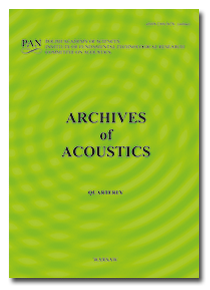The influence of light on fatigue in PZT films with planar electrodes
Fatigue is the decrease in switchable polarization with increasing number of polarization reversals. In this paper, general features and the mechanisms of fatigue are briefly referred to and the light influence on fatigue in PZT films is discussed.
A set of fatigue measurements has been performed on RF-sputtered PZT films of about 2 μm in thickness. Polarization switching characteristics by applying sinusoidal a.c. electric fields were studied both with sandwich-type and planar electrodes. The planar structure has allowed for the study of the influence of the free charge carries induced by UV - illumination in the planar capacitor gap. The fatigue became noticeable after 106 switching cycles for a sandwich structure and after 109 those cycles for films with planar electrodes. The film illumination during the polarization switching accelerates significantly the fatigue process. The additional fatigue induced by the photoactive light was completely reversible.
Of special importance is the fact that the films on metal substrates (sandwich-capacitor) were fatigued more rapidly than those on dielectric substrates (planar capacitor), though they were prepared under the same conditions. This evidences the major contribution of transition layers to the development of the fatigue process that agrees well with the model of fatigue proposed in the literature.
References
K. OKAMOTO, Y. NASU, Y. HAMAKAWA, Low-treshold-voltage thin-film electroluminescent devices, IEEE Trans. Elec. Dev., ED-28, 6, pp. 698-702 (1981).
R. KHAMANKAR, J. KIM, B. JIANG, C. SUDHAMA, P. MANIAR, R. MOAZZAMI, R. JONES, J. LEE, Impact of post processing damages on performance of high dielectric constant PLZT thin film capacitors for ULS] DRAM applications, International Electron Devices Meeting, San Francisco, CA, December 11-14, 1994, IEDM Technical Digest, pp. 337-340 (1994).
Z. SUROWIAK, D. CZEKAJ, A.A. BAKIROV, V.P. DUDKEVICH, Czujniki odkształceń dynamicznych na bazie cienkich warstw elektrycznych typu PZT, Elektronika, 1, pp. 12-19 (1994); Dynamical Deformation Sensors Based on Thin Ferroelectric PZT Films, Thin Solid Films, 256, pp. 226-233 (1995).





